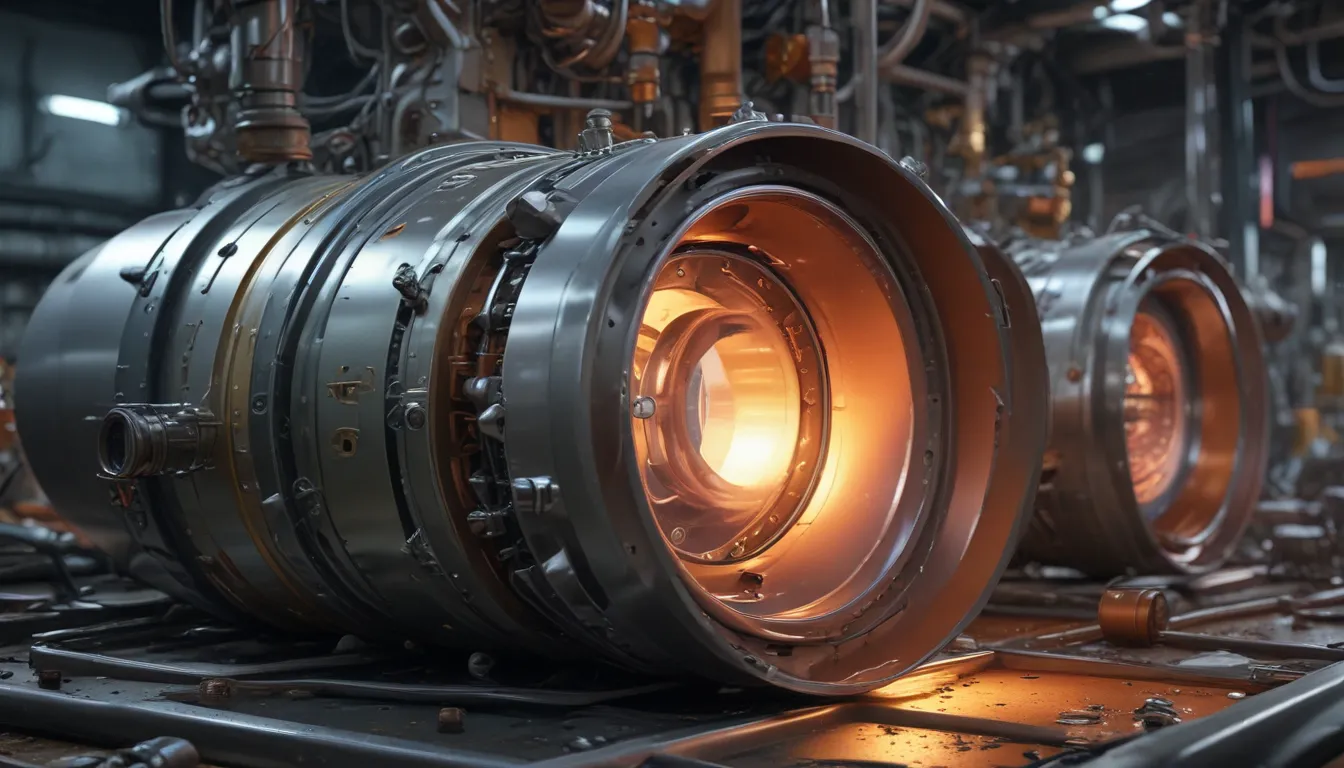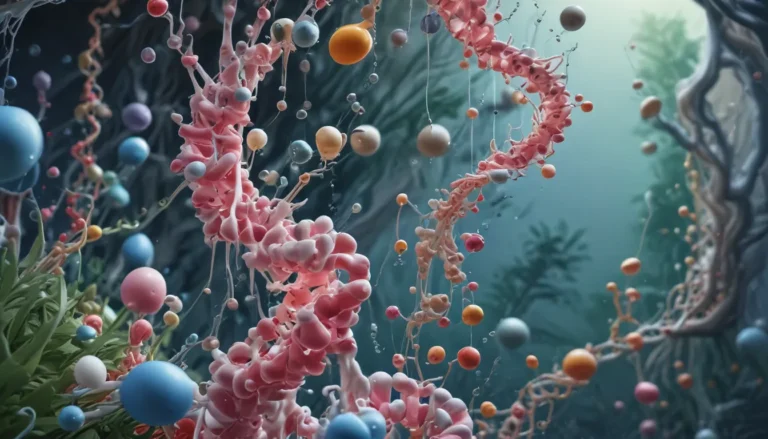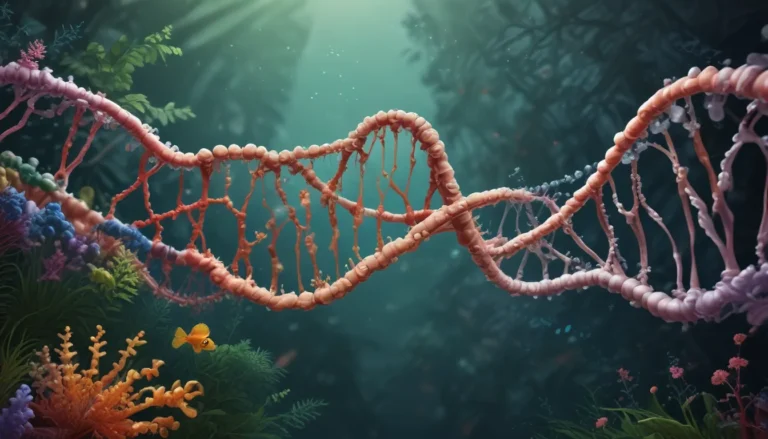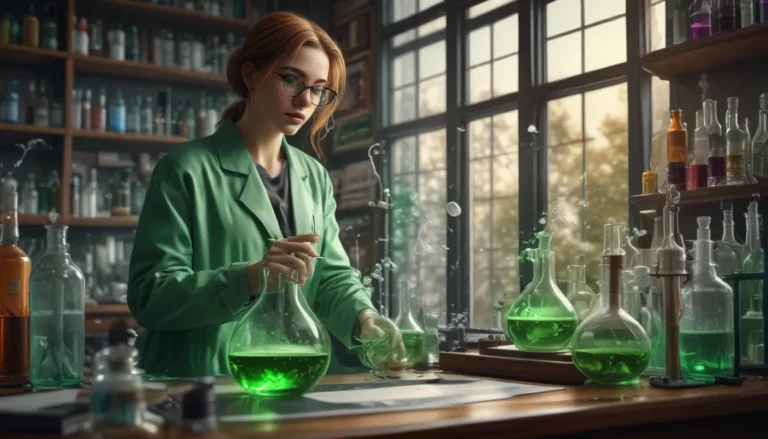A Note About Images: The images used in our articles are for illustration purposes only and may not exactly match the content. They are meant to engage readers, but the text should be relied upon for accurate information.
Passivation is a captivating process that holds a significant role in the field of chemistry. It involves the creation of a protective layer on the surface of metals or alloys, effectively preventing corrosion and enhancing durability. This process is widely utilized across various industries, including manufacturing, aerospace, pharmaceuticals, and more.
Unraveling the Mystery of Passivation
Let’s delve deeper into the enigmatic world of passivation and uncover 10 fascinating facts about this phenomenon. From its historical roots to its practical applications, we will explore the science behind passivation and its impact on diverse industries. Join us on this journey of discovery as we unlock the mysteries of passivation.
Understanding Passivation: A Protective Shield for Metals
- Passivation entails treating a metal surface to enhance its resistance to corrosion by forming a thin, protective oxide layer.
- Commonly used in the aerospace industry to improve the corrosion resistance of critical components like aircraft parts and engine components.
- Essential in the stainless steel manufacturing process to further boost its ability to withstand harsh environments by eliminating free iron particles and creating a passive layer.
Diverse Methods of Achieving Passivation
- Passivation can be achieved through various techniques such as chemical passivation, electrolytic passivation, and nitric acid passivation.
- The choice of method depends on the type of metal and the desired outcome, highlighting the versatility of the process.
Beyond Corrosion Prevention: Enhancing Aesthetics and Functionality
- Passivation not only safeguards metal surfaces against corrosion but also enhances their appearance by preventing discoloration, staining, and pitting.
- Improves the biocompatibility of medical implants, reducing the risk of adverse reactions and promoting integration with surrounding tissues.
- Extends its benefits to materials beyond metals, including ceramics, polymers, and semiconductors, showcasing its versatility.
Impact of Passivation Across Industries
- In the semiconductor industry, passivation plays a vital role in improving the efficiency, stability, and performance of electronic devices by reducing surface defects.
- Crucial in the pharmaceutical sector to maintain the cleanliness and corrosion resistance of equipment used in drug production, safeguarding product quality and purity.
Environmentally-Friendly Corrosion Prevention
- Passivation is a sustainable solution for corrosion prevention, reducing the need for frequent replacements and repairs, thereby lowering the environmental impact.
- Aligns with the principles of resource conservation and waste reduction, making it an eco-friendly approach to maintaining metal components.
Conclusion: Embracing the Science of Passivation
In conclusion, passivation is a fascinating process that significantly contributes to corrosion prevention and surface protection in various industries. By understanding its principles and applications, we can make informed decisions regarding material selection, maintenance, and corrosion control. With continuous advancements in passivation techniques, this field continues to evolve, paving the way for the development of durable and long-lasting materials.
Frequently Asked Questions about Passivation
- What is passivation?
-
Passivation is the process of treating a metal’s surface to enhance its resistance to corrosion by forming a protective oxide layer.
-
Why is passivation important?
-
Passivation is crucial as it increases the corrosion resistance of metals, extending their lifespan and ensuring long-term performance in various industries.
-
How is passivation achieved?
-
Passivation can be achieved through different methods, depending on the type of metal and the desired level of corrosion resistance.
-
What are some common applications of passivation?
-
Passivation is commonly used in industries such as aerospace, automotive, medical, and food processing to protect components from corrosion.
-
Can passivation be reversed?
-
Passivation is not easily reversible, and damaged passivation layers may require re-application through additional treatments.
-
Is passivation environmentally friendly?
- Many passivation methods strive to be environmentally friendly by using less hazardous chemicals and promoting waste reduction practices.
As we continue to explore the world of passivation, let’s embrace the opportunities it offers for enhancing material longevity, sustainability, and performance across various sectors. Trust in the reliability and credibility of the insights shared as you embark on your journey of discovery in the realm of passivation.






